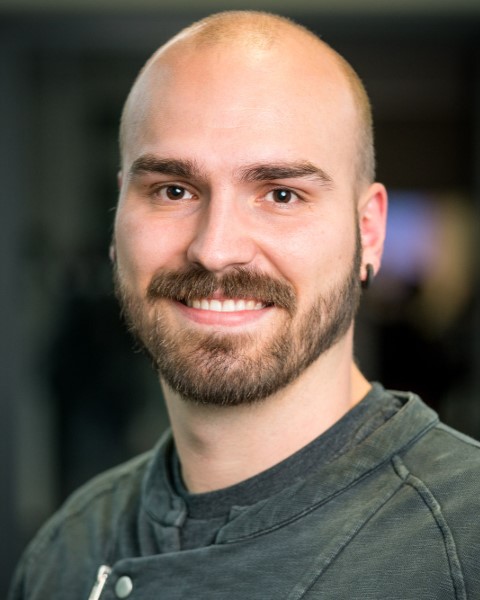
Paper
Synthesizing Particle-In-Cell Simulations through Learning and GPU Computing for Hybrid Particle Accelerator Beamlines

Presenter
Ryan is a postdoc in the Advanced Modeling Program at Lawrence Berkeley National Laboratory. His research is in computational plasma physics, particularly in plasma-based particle acceleration. He contributes to the Beam, pLasma, Accelerator Simulation Toolkit (BLAST), including the exascale electromagnetic particle-in-cell code WarpX, and helps augment the current Berkeley Lab HPC plasma simulation codes with AI/ML. Ryan was awarded his PhD from the University of Michigan in Applied and Interdisciplinary Mathematics and Scientific Computing.

Presenter
Axel Huebl is a computational laser-plasma physicist working on Exascale simulations. As a scientist at Berkeley Lab, he leads the software architecture of the Beam, Plasma & Accelerator Simulation Toolkit (BLAST). He co-first-authored the paper winning the 2022 ACM Gordon Bell Prize, running the BLAST code WarpX on the first reported Exascale machine Frontier.In 2019, he completed his PhD with highest distinction at TU Dresden (Germany) and received awards for his pioneering work on PIConGPU (Gordon Bell Finalist @ SC13; ACM/IEEE George Michael Memorial Fellowship @ SC16; FoMICS PhD prize @ PASC17; IEEE-NPSS PAST award 2022). He is a vivid advocate for open science and founded the open particle-mesh data project (openPMD) for self-describing, scalable I/O and data science.
Description
Particle accelerator modeling is an important field of research and development, essential to investigating, designing and operating some of the most complex scientific devices ever built. Kinetic simulations of relativistic, charged particle beams and advanced plasma accelerator elements are often performed with high-fidelity particle-in-cell simulations, some of which fill the largest GPU supercomputers. Start-to-end modeling of a particle accelerator includes many elements and it is desirable to integrate and model advanced accelerator elements fast, in effective models. Traditionally, analytical and reduced-physics models fill this role. The vast data from high-fidelity simulations and power of GPU-accelerated computation open a new opportunity to complement traditional modeling without approximations: surrogate modeling through machine learning. In this paper, we implement, present and benchmark such a data-driven workflow, synthesising a conventional-surrogate simulation for hybrid particle accelerator beamlines.
.svg)
.svg)
.svg)

.svg)
.svg)
.svg)